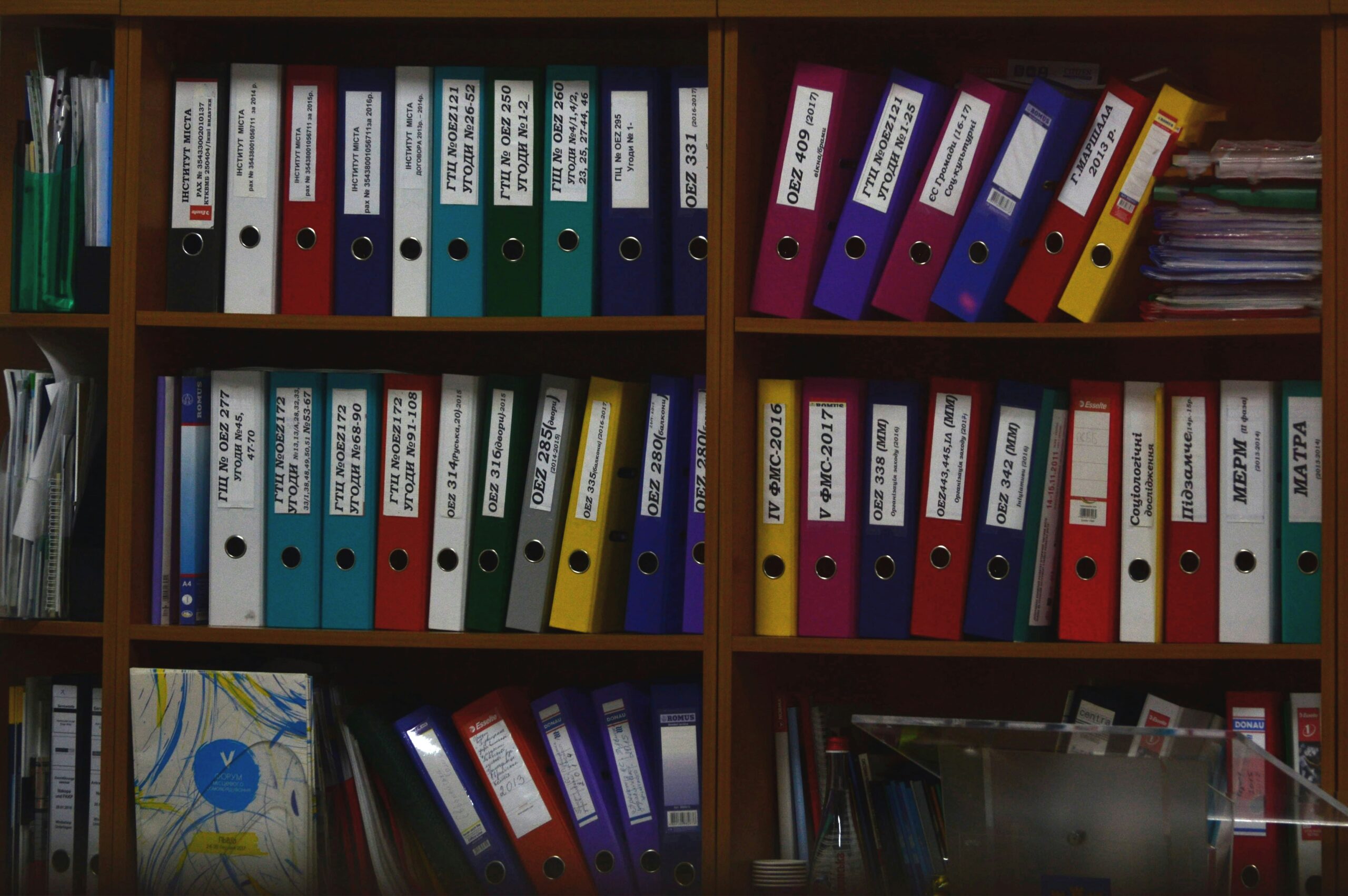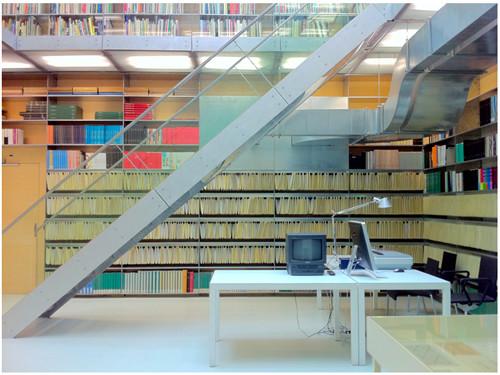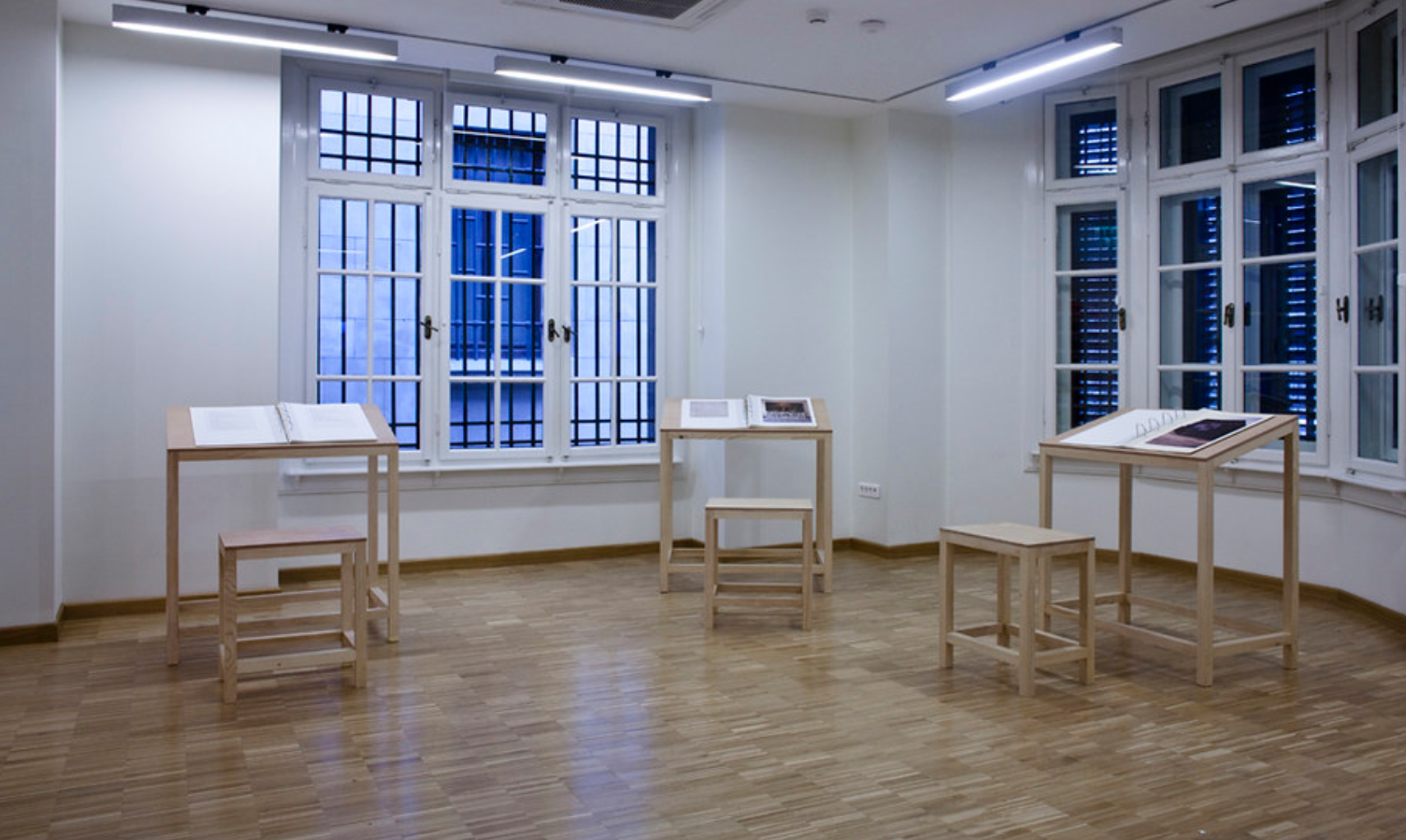WEEK11 CURATING, ARCHIVES, HISTORIES

In my week 11 of study, I explored how contemporary curators engage with archives to rethink art’s histories. As S. Nesli Gül Durukan and Kadriye Tezcan Akmehmet discuss in Uses of the Archive in Exhibition Practices of Contemporary Art Institutions (2021), archives today are no longer seen as static repositories—they have become active sites for reinterpretation and critical dialogue. Institutions like Van Abbemuseum’s Living Archive and SALT’s archival exhibitions reveal how artworks, letters, and personal documents can be curated together to expose the socio-political forces shaping artistic production.
Through these practices, archives amplify marginalized voices and decentralize dominant narratives. Exhibitions such as From England with Love, Ismail Saray and Interrupted Histories show how revisiting overlooked histories can reshape the canon. Research-driven approaches, like SALT’s It Was a Time of Conversation, also frame curating as public scholarship, blending academic, artistic, and community perspectives.
However, archives are not neutral. As Derrida reminds us, they are sites of both memory and control. Their transformative potential lies in transparency and openness. Reflecting further, I realize that engaging with archives demands a critical sensitivity—not only toward what is preserved, but also toward what remains absent. Every curatorial decision carries responsibility: to question inherited narratives, to recognize silences, and to resist the temptation of constructing new, fixed histories under the guise of inclusion. True engagement with the archive means accepting uncertainty and embracing history as an ongoing negotiation.
References
Asia Art Archive. “On the Van Abbemuseum Archive.” Accessed April 26, 2025. https://aaa.org.hk/en/like-a-fever/like-a-fever/on-the-van-abbemuseum-archive.
Flickr. “Salt Research and Programs.” Accessed April 7, 2025. https://www.flickr.com/photos/saltresearchandprograms/13630826244/in/album-72157643424010013.
S. Nesli Gül Durukan and Kadriye Tezcan Akmehmet, ‘Uses of the Archive in Exhibition Practices of Contemporary Art Institutions’, Archives and Records, Vol. 42, No. 2 (2021), pp. 131–148.
(https://unsplash.com/photos/assorted-files-05HLFQu8bFw)
WEEK11 CURATING, ARCHIVES, HISTORIES / Tianyi Chen / Curating (2024-2025)[SEM2] by is licensed under a
WEEK11 CURATING, ARCHIVES, HISTORIES / Tianyi Chen / Curating (2024-2025)[SEM2] by is licensed under a





